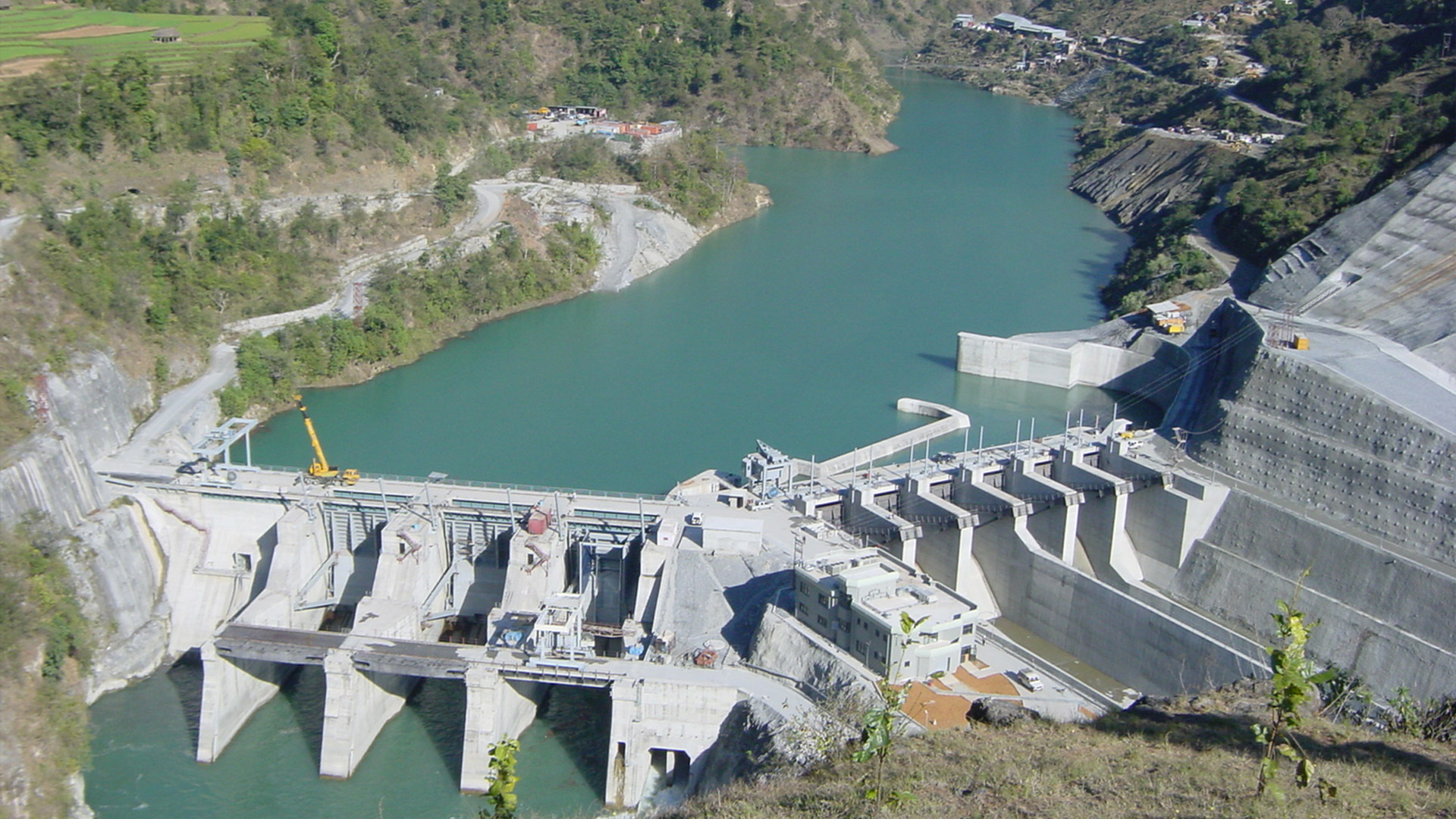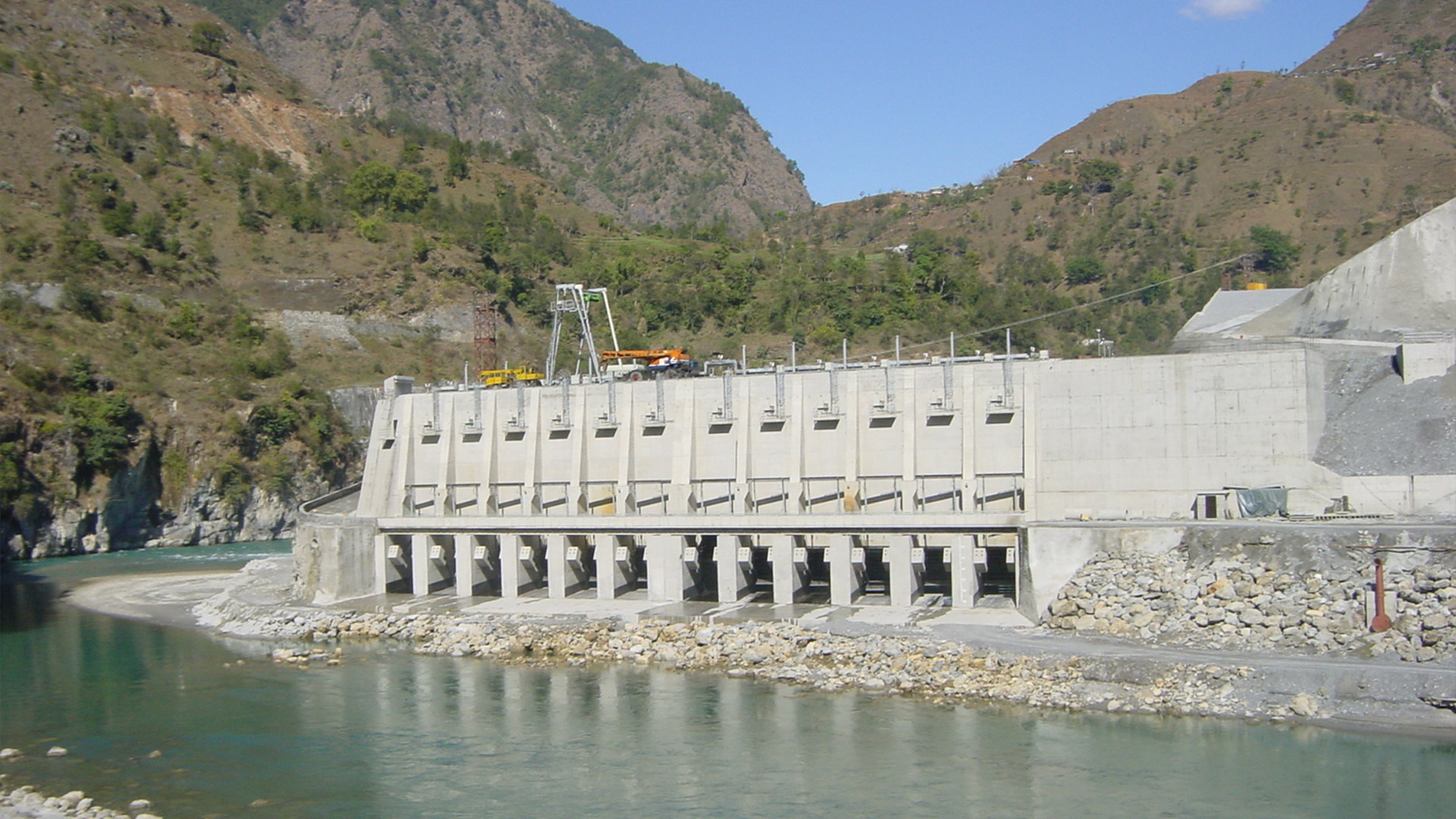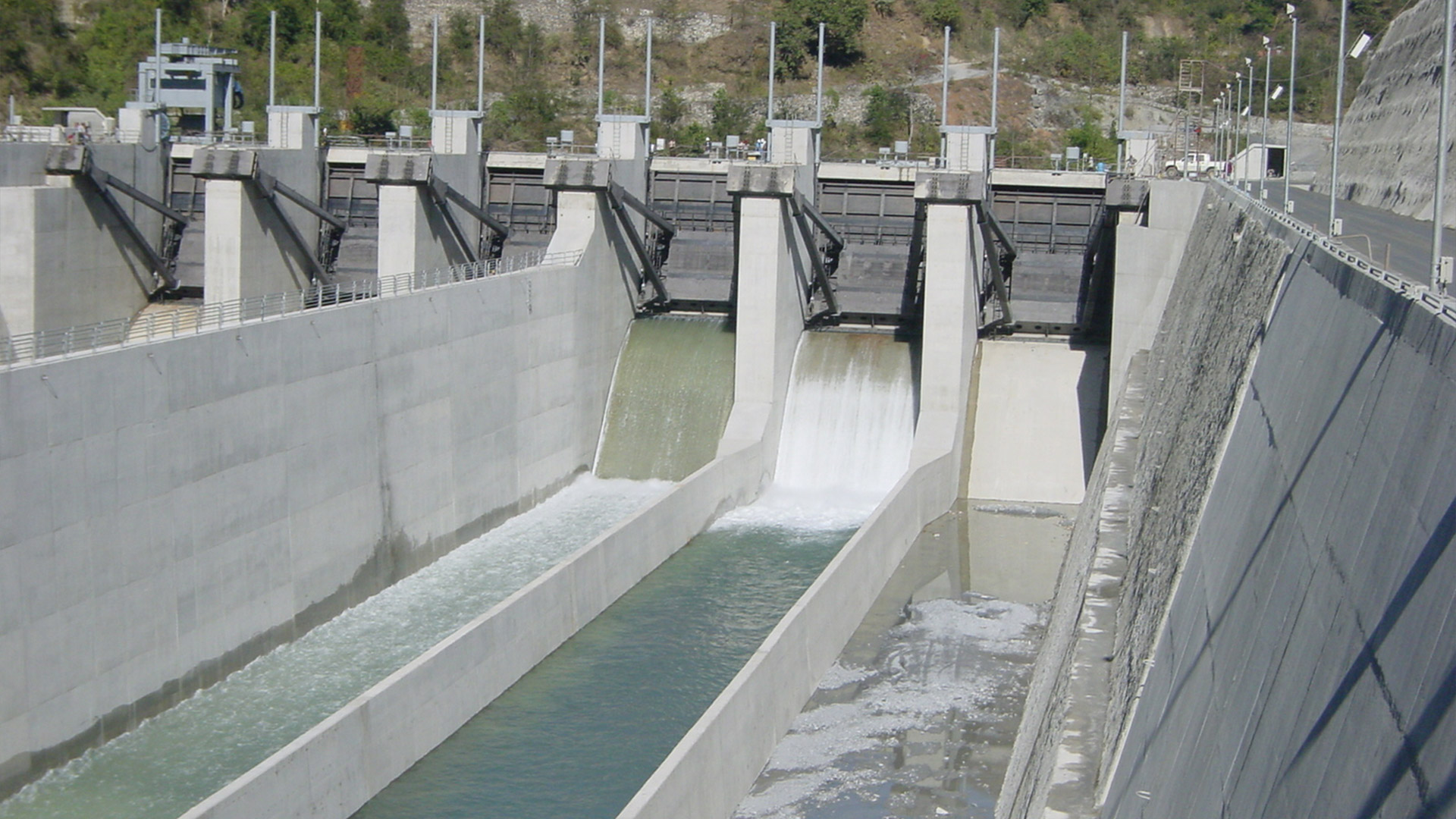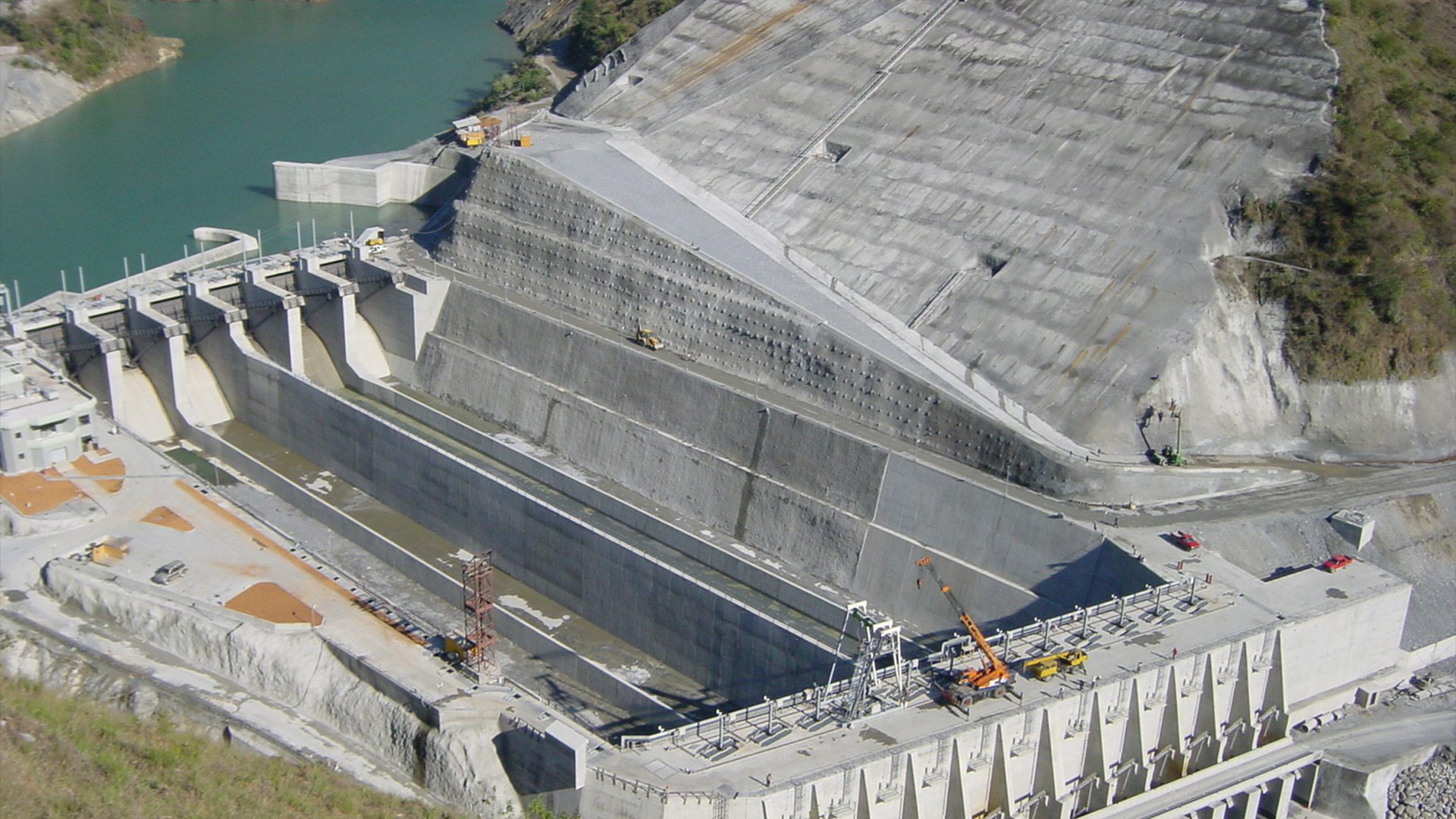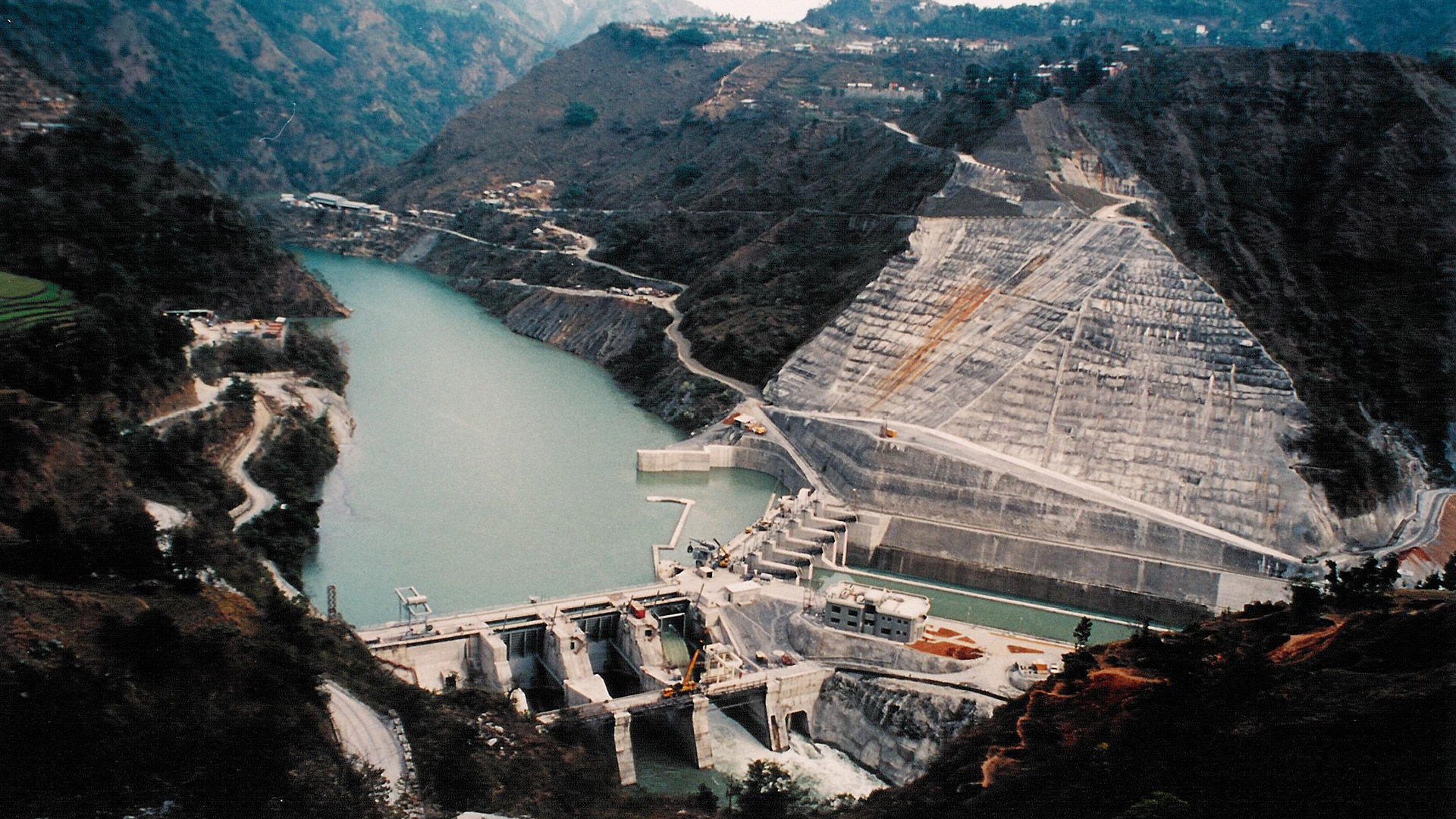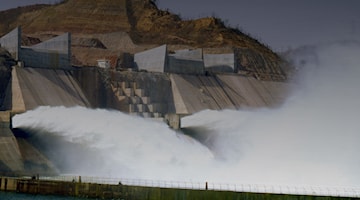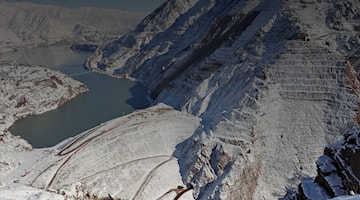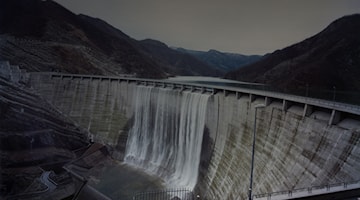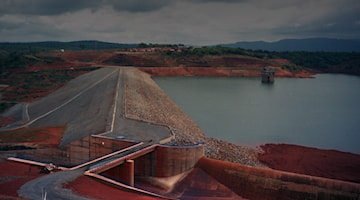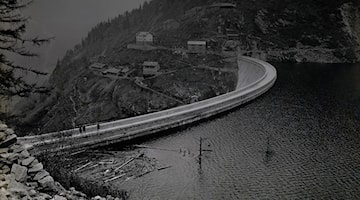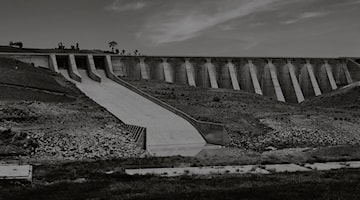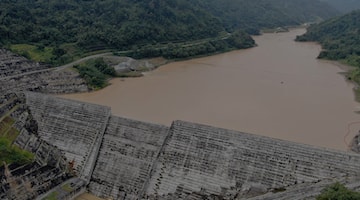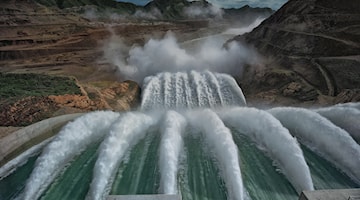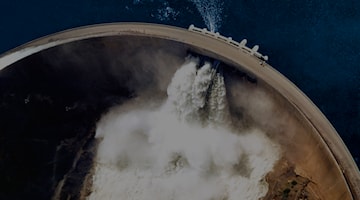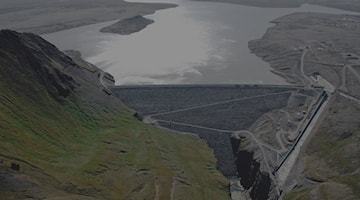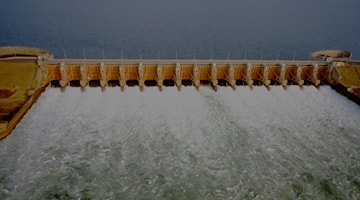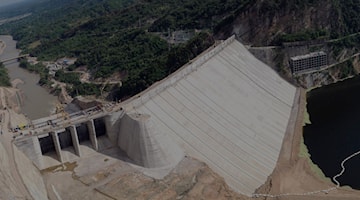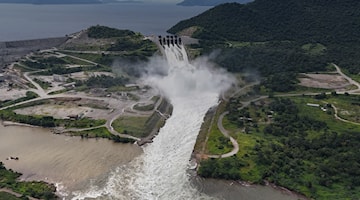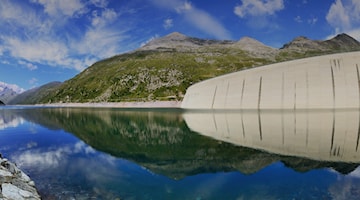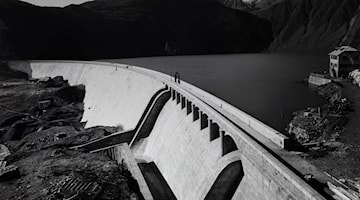Kali Gandaki Hydroelectric Plant
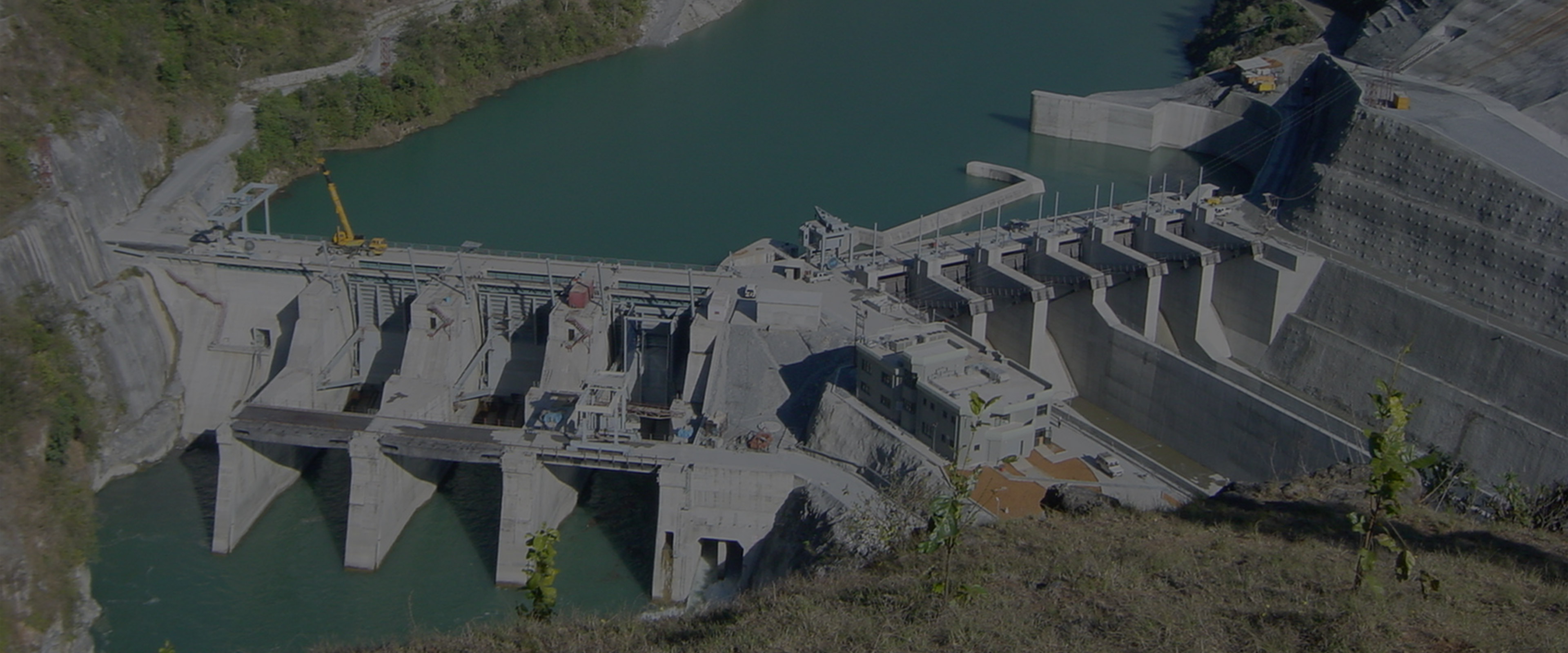
KALI GANDAKI HYDROELECTRIC PLANT, NEPAL
The Kali Gandaki Hydroelectric Project, located on the Kali Gandaki River in central Nepal, represents one of the country's most significant infrastructural achievements in the energy sector. Constructed between 1997 and 2002 with support from the Asian Development Bank (ADB) and the Japan International Cooperation Agency (JICA), the project aims to provide a sustainable source of electricity and support Nepal's economic development.
The plant was designed and built by an international consortium involving several companies specializing in engineering and hydroelectric infrastructure construction. The project management was entrusted to the Nepal Electricity Authority (NEA), the government agency responsible for the production and distribution of electricity in the country.
Kali Gandaki has an installed capacity of 144 megawatts, with three turbines of 48 MW each. This is a run-of-river plant, utilizing the natural flow of the river to generate energy without the need for large dams, thereby reducing environmental impact. The water is channeled through a 5.9-kilometer-long tunnel that feeds the turbines located in the power station.
The energy produced by the Kali Gandaki plant is primarily intended to meet Nepal's domestic demand, significantly contributing to reducing the energy deficit and stabilizing the country's electricity supply. Additionally, the plant supports the development of local infrastructure and improves the living conditions of surrounding communities.
The Kali Gandaki hydroelectric plant not only represents a crucial source of clean and renewable energy for Nepal but also has stimulated the economic and social development of the region, demonstrating the importance of international collaborations in the renewable energy sector.
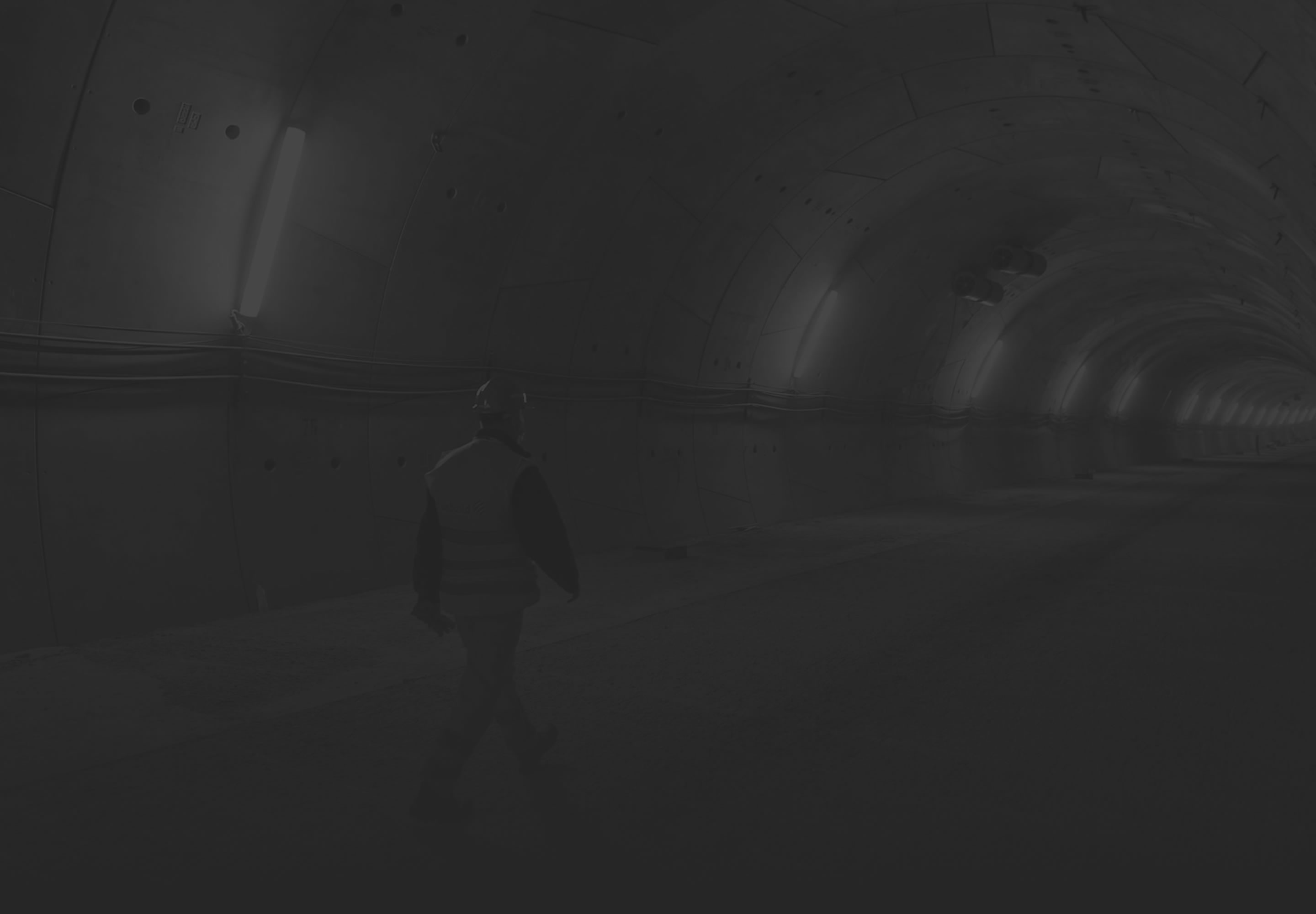
THE WORK AND THE TECHNIQUE
M³ COMMON SURFACE EXCAVATION
M3 SURFACE ROCK EXCAVATION
M3 UNDERGROUND EXCAVATION
M3 FILL
Nepal Electricity Authority





